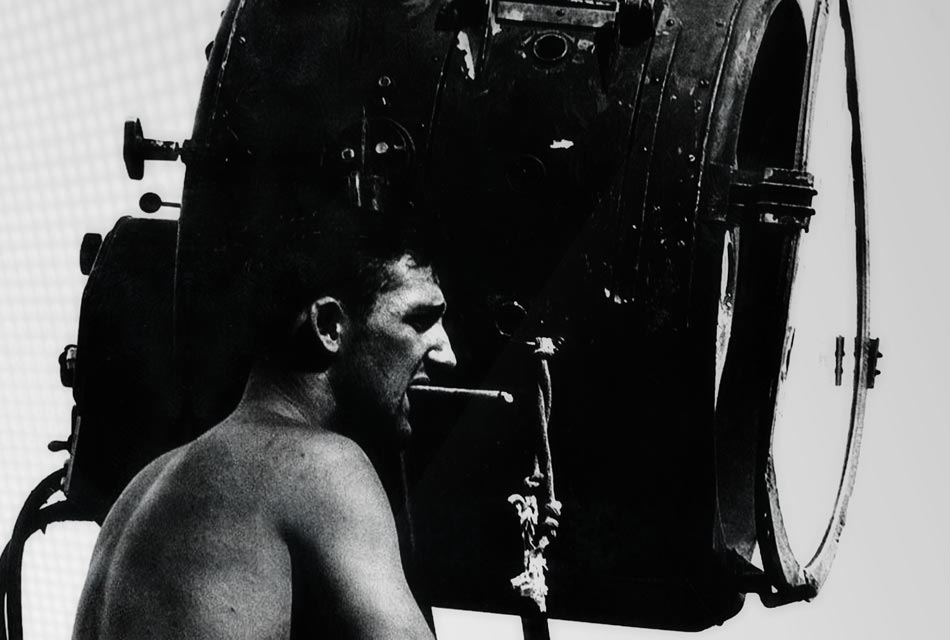Roll with it
One of the fundamental rules of film sets is that every cable, wire, and line has to be taped down with the correct colour of gaffer tape - most commonly black - before any filming can begin. Equipment that has been taped is said to be gaffed. Not only does it prevent the cast and crew tripping up and destroying equipment, but it keeps those same wires out of the shot, out of the lighting, out of the sound equipment, and out of actors’ faces.

Here's a list of 50 ways to use your gaffer tape from The Slanted Lens
While it can easily be confused with duct tape because they look a bit alike, and they’re often called ‘duct tape’ or ‘gaffer tape’ interchangeably, it’s likely that any person caught using duct tape instead of its more specialised cousin on set would be strung out to dry. Because of its value on set and the worth of its components, it can be expensive (running anywhere from £4 to £100 per roll, depending on quality and amount), but no production would be without it. It’s common wisdom among film techs that any problem can be solved with enough gaffer tape, and shooting has been known to stop altogether if none is on hand.
Colour coded gaffer labelling system in use at NextShoot HQ. That must be camera B then.

